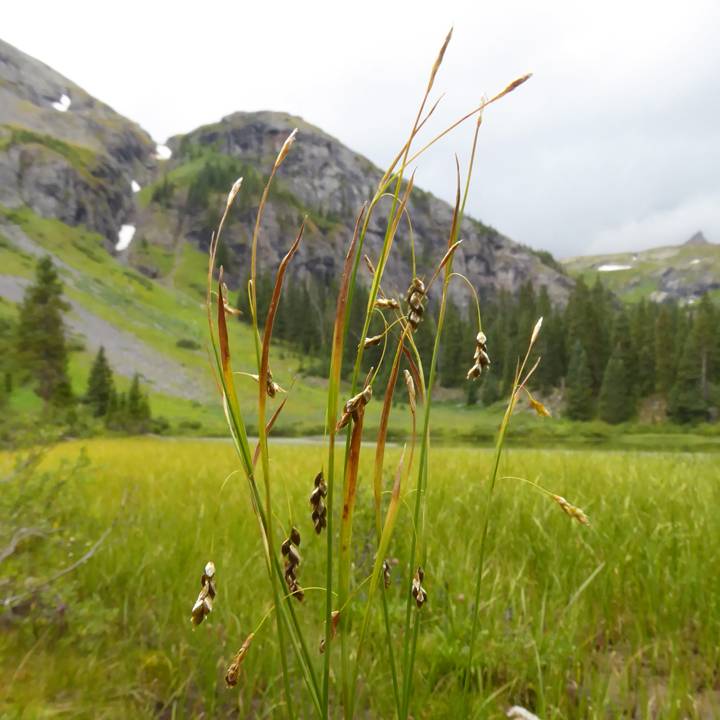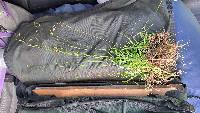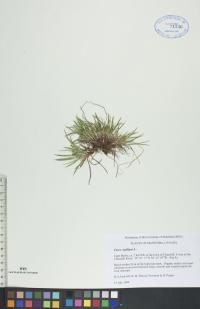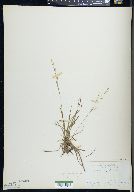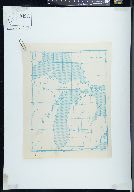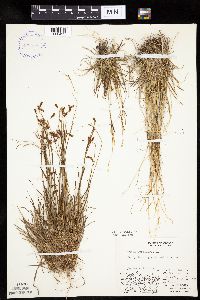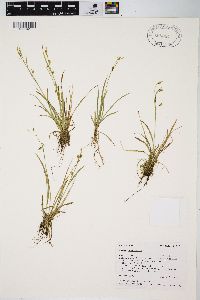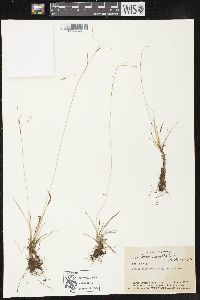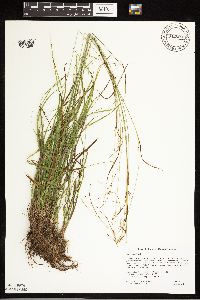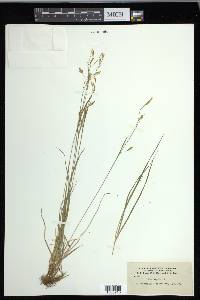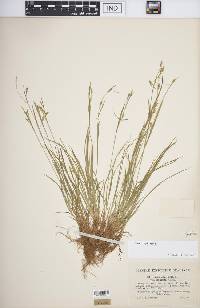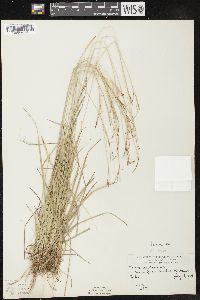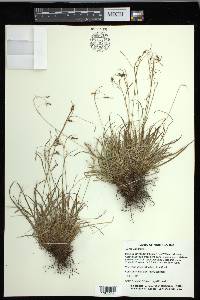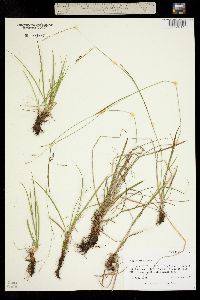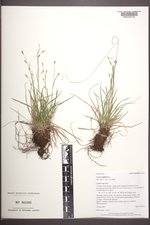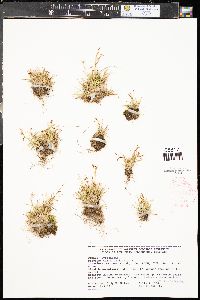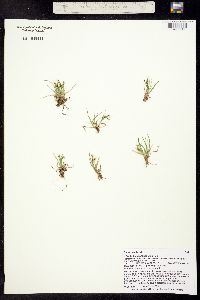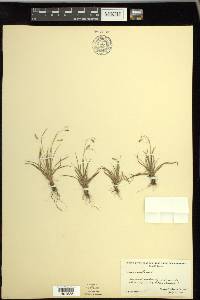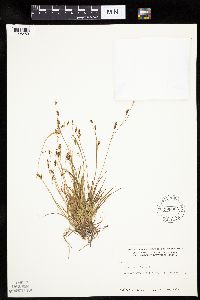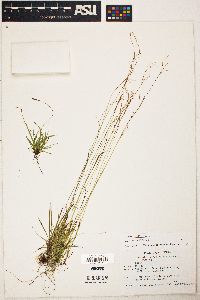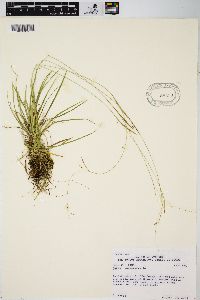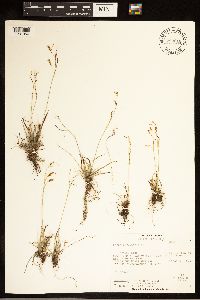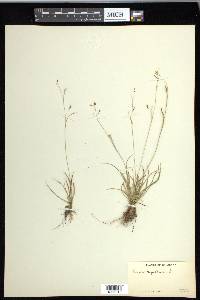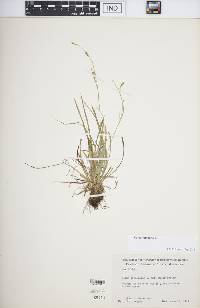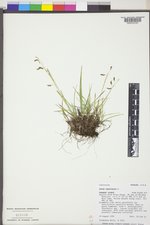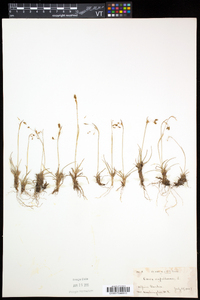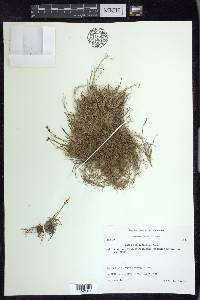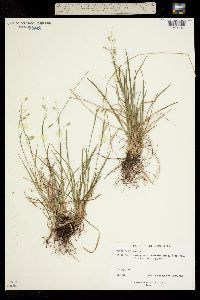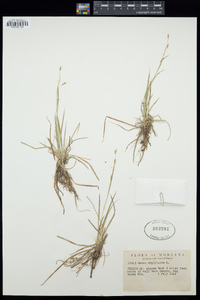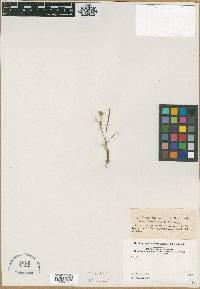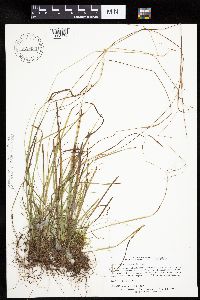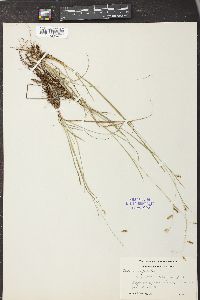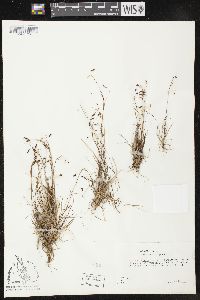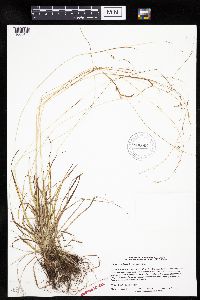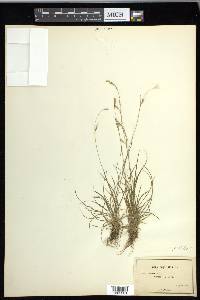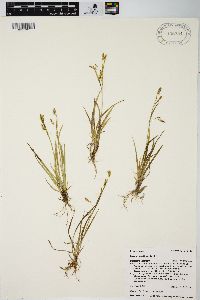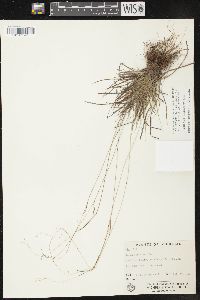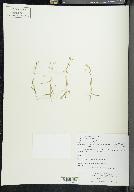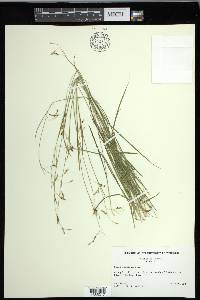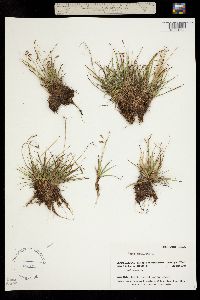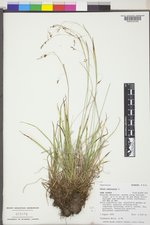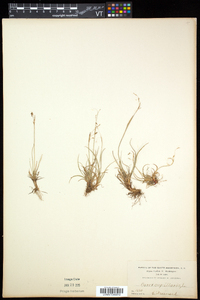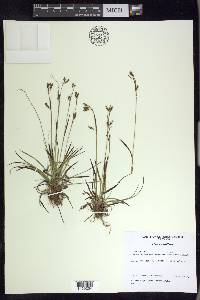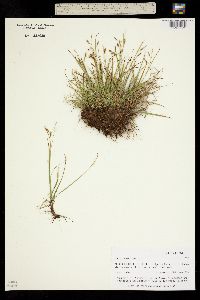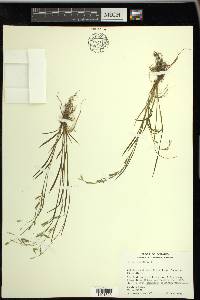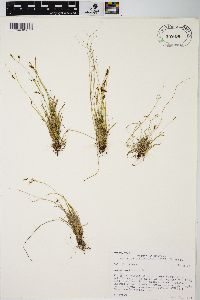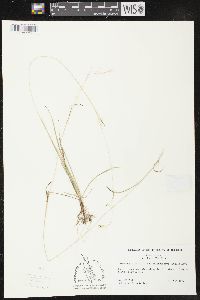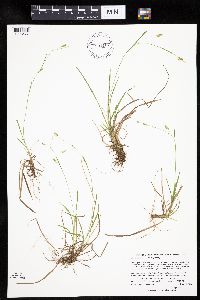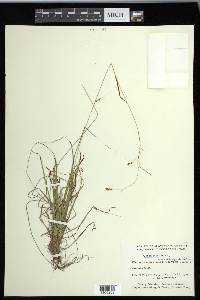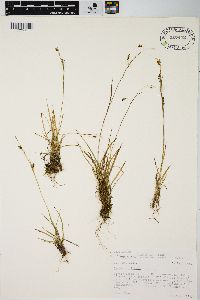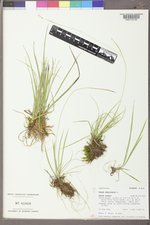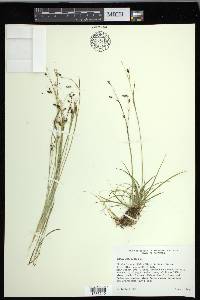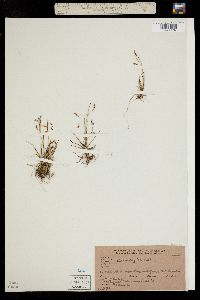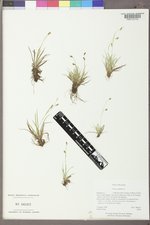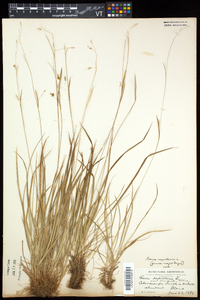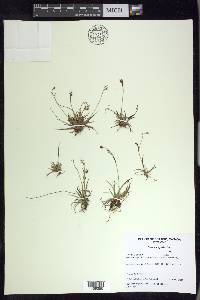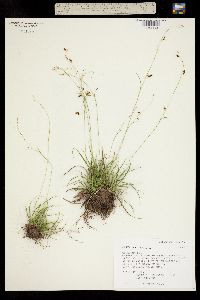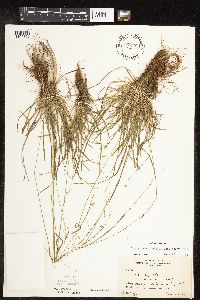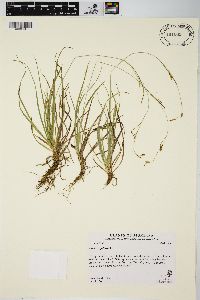Carex capillaris
|
|
|
|
Family: Cyperaceae
Hair-Like Sedge
[Carex boecheriana A.Löve, D.Löve & Raymond, moreCarex capillaris subsp. chlorostachys (Steven) A.Löve, D.Löve & Raymond, Carex capillaris subsp. robustior , Carex capillaris var. elongata Olney, Carex capillaris var. fuscidula , Carex capillaris var. major] |
Culms to 60 cm. Leaf blades flat or, sometimes, folded (in dwarf individuals), 2-9 cm × (0.75-)1-4 mm. Terminal spike usually staminate, level with or over-topped by some lateral spikes, 4-10 × 0.7-1.4 mm. Lateral spikes 2-4, 6-20-flowered, 5-20 × 3-4 mm, the proximal usually drooping, often ± erect in dwarf arctic-alpine plants. Pistillate scales pale to medium brown with hyaline margins and paler midvein, ovate, 1.8-2.8 × 1-1.5 mm, apex obtuse or acute. Staminate scales pale brown with hyaline margins and green or brown midvein, oblong, 2.5-3.2 × 1-1.2 mm, apex obtuse or acute. Perigynia veinless, except for 2 marginal veins, oblong-ovate, 2.3-3.5 × 0.8-1.2 mm; beak 0.5-1 mm, margins entire or serrulate. Achenes obovoid, 1.2-1.7 × 0.7-1 mm. 2n = 54. Fruiting late spring-mid summer. Mesic to moist tundra, seeps on cliffs, rocks, and slopes, fens, meadows, shores, prairie sloughs, edges of sphagnum mats, moist woods; 0-3500 m; Greenland; St. Pierre and Miquelon; Alta., B.C., Man., N.B., Nfld. and Labr., N.W.T., N.S., Nunavut, Ont., Que., Sask., Yukon; Alaska, Calif., Colo., Idaho, Maine, Mich., Minn., Mont., Nev., N.H., N.Mex., N.Y., N.Dak., Oreg., S.Dak., Utah, Wis., Wyo.; n Eurasia. Carex capillaris is somewhat variable and is often divided into two infraspecific taxa. Plants from the south are larger, have pale brown pistillate scales, and serrulate perigynium beaks. Northern plants are smaller, have medium brown pistillate scales, and smooth perigynium beaks. These characteristics are only weakly correlated, making it difficult to assign individuals to these taxa except in a very arbitrary manner. When recognized, the southern plants are called subsp. capillaris (C. chlorostachya Steven, C. capillaris var. major Drejer ex Blytt), and the northern plants are called subsp. fuscidula (V. I. Kreczetovicz ex T. V. Egorova) Á. Löve & D. Löve. T. V. Egorova (1964) recorded the Asian species Carex delicata C. B. Clarke (as C. karoi) from Colorado; no specimens have been seen that confirm that report, and it seems likely an error because T. V. Egorova (1999) indicated the species is restricted to Asia. This species has dense lateral spikes with 15-30 perigynia, the perigynia rounded at the apex and abruptly beaked, with the beak 0.1-0.2 mm. Carex tiogana D. M. Taylor & J. Mastrogiuseppe from northern California cannot be satisfactorily distinguished from C. capillaris, although it possesses an uncommon combination of characteristics. It is probably best treated as a variety or subspecies of C. capillaris. Until a more satisfactory account of the variability in C. tiogana and its relationship with C. krausei is produced, its status must remain uncertain.
Densely tufted; stems slender and lax, 1-6 dm; lvs mainly in a basal cluster, to ca 15 cm, 1-3 mm wide; terminal spike staminate or rarely gynaecandrous, 4-10 mm; pistillate spikes 1-4, usually ±remote, on lax, capillary, nodding or loosely spreading peduncles 0.5-1.5 cm, 5-25-fld, sometimes compound, all subtended by sheathing bracts, of which the upper may have reduced or no blade; pistillate scales mostly shorter but often wider than the perigynia, white-hyaline distally and usually also marginally, otherwise light brown or greenish; perigynia ±elliptic or lance-ovate, 2.4-3.3 mm, tapering to a short, poorly defined beak, obliquely 2-nerved, not much if at all compressed, loosely enclosing the trigonous achene and empty distally, glabrous, or faintly scabrous-serrulate toward the beak, shining brown to olive-green; 2n=36, 54, 56. Streambanks, wet meadows, and wet ledges; circumboreal, s. in Amer. to n. N.Y., Mich., Wis., Minn., and N.M. Gleason, Henry A. & Cronquist, Arthur J. 1991. Manual of vascular plants of northeastern United States and adjacent Canada. lxxv + 910 pp. ©The New York Botanical Garden. All rights reserved. Used by permission. |

